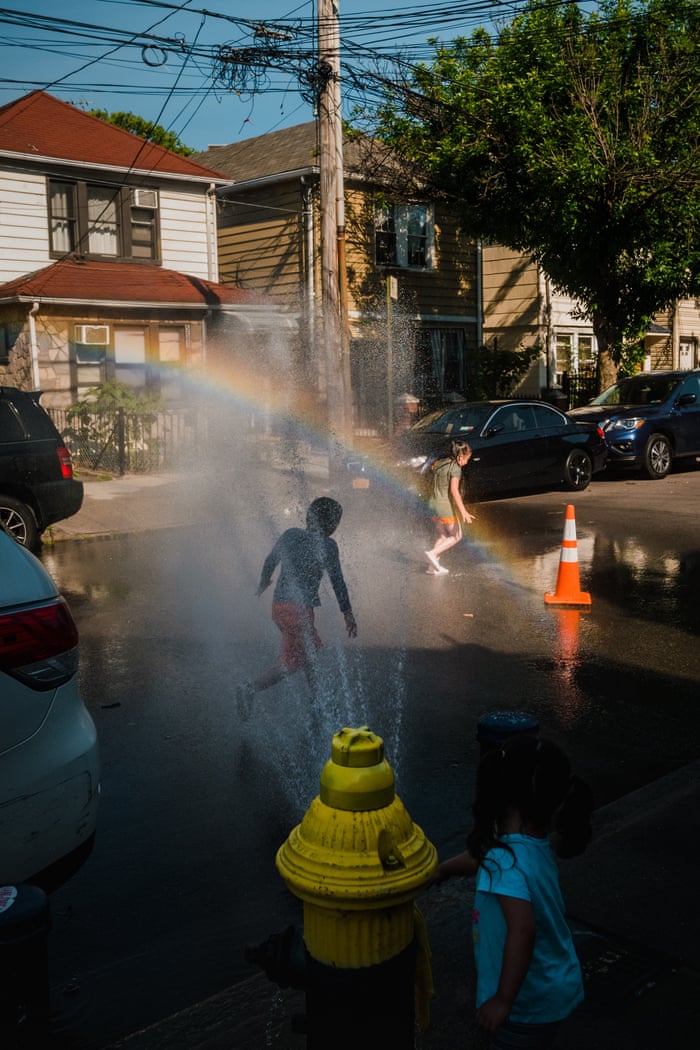5 Simple Techniques For Top 10 Best Water Testing in New York, NY - July 2022 - Yelp

CDC launches COVID-19 wastewater surveillance dashboard - ABC News

Water Quality/Well Testing/Well Disinfection - EH: Minnesota Department of Health
The Ultimate Guide To Free Water Test Kit Long Island NY through Long Island Clean
Evaluate your water at the tap a minimum of once a year for bacteria and every 3-5 years for the other contaminants listed to the right. The finest time to evaluate your water remains in the late spring or early summertime. Your lab will offer guidelines and bottles. Find Find More Details On This Page qualified laboratory.

Checking Arrange Test For Why How Frequently E. coli & coliform bacteria suggest fecal contamination that can trigger symptoms such as diarrhea and throwing up Each year Lead hazardous to many organs and systems in the body and most harmful to establishing babies and children Every 3-5 years Nitrate & Nitrite most hazardous to babies; related to infant blood issues Every 3-5 years Arsenic long-term direct exposure is related to nerve and liver damage, cancer, hypertension and damage to blood vessels of the heart and brain Every 3-5 years Salt concern for individuals on limited salt diets due to hypertension or other medical problems Every 3-5 years Iron & Manganese trigger rust or black staining of fixtures or clothes Every 3-5 years Turbidity (cloudy water) disrupts chlorine and UV-light disinfection Every 3-5 years p, H causes lead and copper pipe rust and metallic-bitter taste Every 3-5 years Hardness causes mineral and soap deposits on fixtures; minimizes detergent effectiveness Every 3-5 years Alkalinity interferes with chlorine disinfection and causes metallic-bitter taste Every 3-5 years Also Think about Testing If ...
There are changes in your household/family, such as pregnancy, brand-new babies or modifications in someone's overall health. You or your healthcare service provider think your drinking water might be causing symptoms such as diarrhea or vomiting You have made repairs to your well, pipes or home structure or have altered your drinking water supply.
You have issues about local pollutants, such as radon or those from neighboring commercial or waste sites. Your well was just recently flooded or damaged by extreme weather condition. The well runs dry or the amount of water flowing from your components modifications. Impurities in Your Water? Stop using your water and use bottled water for drinking, preparing food or making ice if water tests reveal contaminants in your well water or if you think your well could be polluted.
